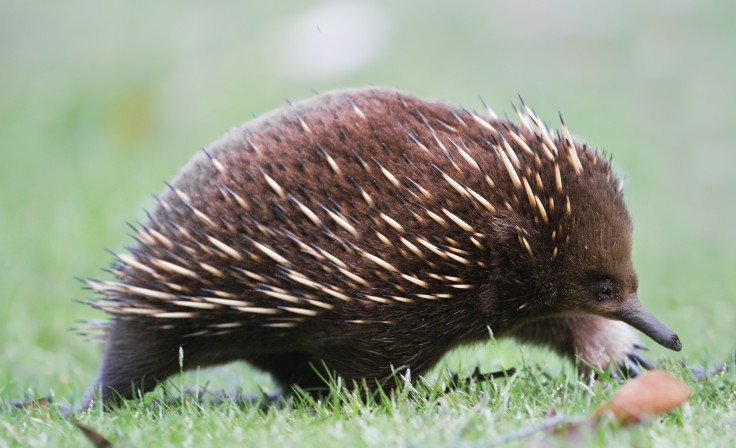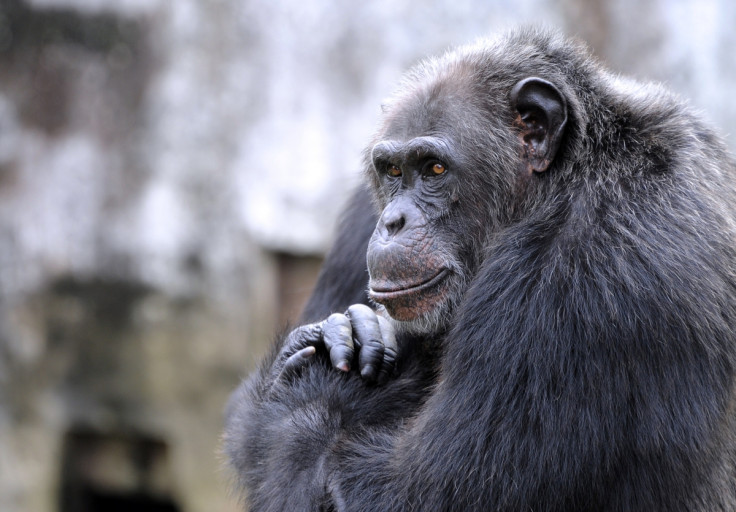Kamikaze sperm and four-headed penises – the bizarre world of animal sex
These five elaborate methods have evolved to increase the chance that an individual male's sperm is the winner.

We all know that individuals fight over potential love interests. Just think of Daniel Cleaver (Hugh Grant) and Mark Darcy (Colin Firth) scuffling – rather impotently – over Bridget Jones in a fountain. But you might be surprised to hear that the fierce rivalry continues behind the scenes – in the form of sperm competition. This is when the sperm of two or more males compete inside the reproductive tract of a female, to fertilise the eggs, something that is widespread in the animal kingdom.
It is generally assumed that the sperm in a female's reproductive tract around the time of fertilisation will belong to one male. But DNA fingerprinting has revealed that even "monogamous" bird species that form exclusive pair bonds are not as exclusive as was once thought.
In fact, extra-pair young (those fathered by another male) are found in around 90% of bird species, and extra-pair copulations (matings with a different male) result typically in 11% of all young. In fact, the percentage of extra-pair young can be as high as 76% in species such as the superb fairy wren.
Fertilising an egg is often likened to winning a lottery – the more tickets you possess, the higher your chances of winning. Consequently, the more sperm a male manages to get to the egg, the greater his chances of fathering offspring. This has led to huge variation in copulatory behaviour and sperm morphology.
Here are five elaborate methods that have evolved to increase the chance that an individual male's sperm is the winner:
1. When big is best
The obvious way to increase the chance of fertilising an egg is to increase the number of sperm that are produced. Males have been found to make the most sperm in species where individuals
are most promiscuous. For example, the testes of gorillas – a monogamous species – are 30g, whereas testes of chimpanzees – a promiscuous species with multiple mates – are a whopping 120g. To put this in context, human testes are around 50g, and chimps are around two thirds our body size, making chimp testes, relatively speaking, almost four times the size of human ones.

2. Sperm 'trains'
In general, larger sperm (specifically, those that are longer) are more successful because they have a greater swimming velocity. So, sperm length is longer in more promiscuous species. One species that has truly taken advantage of this is the wood mouse, where the sperm possess hooks to attach to each other.
This means they can form aggregations, or mobile "trains", of hundreds or thousands of sperm cells, greatly increasing sperm motility.
3. Kamikaze sperm
Around 20% of sperm are abnormal – possessing two heads, no heads or two tails, for example. These "kamikaze" sperm are incapable of fertilising eggs but it is thought that they might be able to prevent sperm from rival males reaching the egg, either by killing them with enzymes or simply by blocking them. Although there is little evidence of kamikaze sperm in non-humans, some snails possess abnormal sperm that contain enzymes capable of degrading sperm.
4. Preventative behaviour
Many males cement up the genital opening of the female with a copulatory plug, producing an obstacle to prevent other males from further copulations. For example, male European dwarf spiders produce a plug which starts as a liquid secreted by a specialised gland and then hardens to become an obstacle. What's more, the longer the copulation, the larger the plug left behind. Smaller, fresher plugs are relatively easy for other males to remove. But males are unlikely to try to remove larger plugs, benefiting those that have invested more time in the female.
5. Brushes and whips
If females mate with multiple males, each suitor generally will father more offspring than the previous one. Therefore, males compete by trying to ensure their sperm is the one to fertilise the egg.
This has led to the evolution of some bizarre penises. The echidna (a spiny, egg-laying mammal) for example, has a four-headed penis – although only two heads ejaculate at once.
In some species, penises are specifically shaped to pack sperm tightly into the corners of the female reproductive tract, whereas others are armed with spines, brushes, barbs or hooks to scrape out the sperm of previous males, or stimulate the females to release sperm. The most elaborate are the penises of odonata, insects such as dragonflies. Some even possess whip-like flagella to remove rival sperm.
These removal methods are quite successful as even the human penis is able to remove 90% of sperm from a reproductive tract.

Many reptiles, rays and sharks actually possess two "penises". In sharks these are known as claspers, and either one can be used to inseminate the female. These claspers not only possess small hooks to anchor them in place, but they are also linked to siphon sacs filled with seawater that spray the sperm into the female reproductive tract under pressure. It has even been theorised that one of the claspers could act as a "jet wash", cleaning out the sperm of previous males, although there is little evidence for this as shark matings are rarely observed.
Whatever the reason, it is clear that animals have evolved some extraordinary ways of ensuring that they win the competition for fertilisation.
Louise Gentle is a Senior Lecturer in Behavioural Ecology at Nottingham Trent University.
This article was originally published on The Conversation. Read the original article.





















